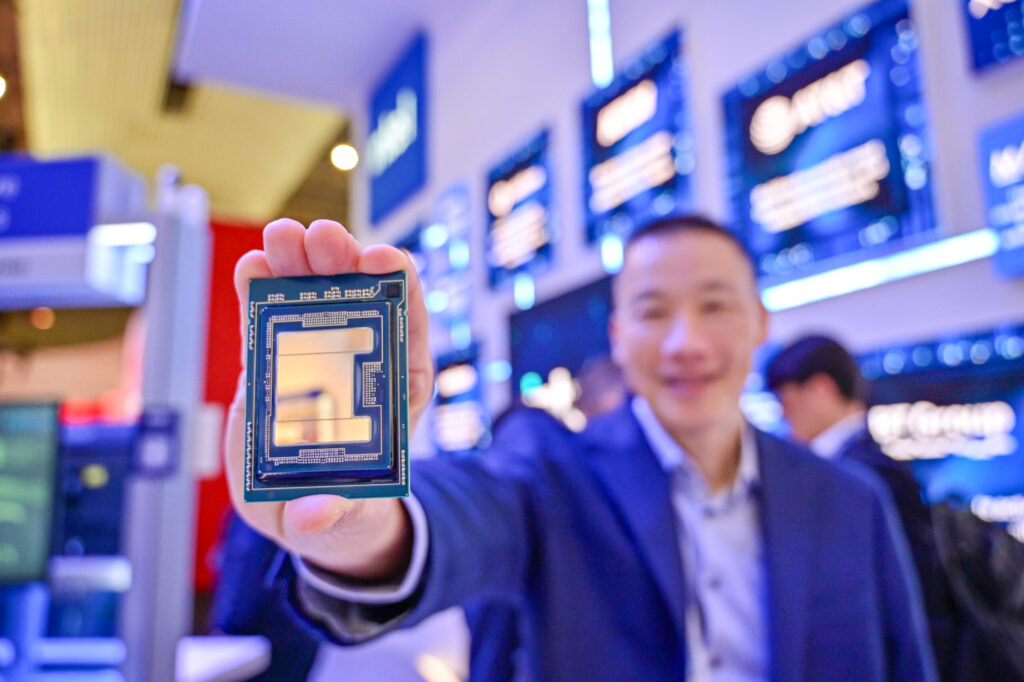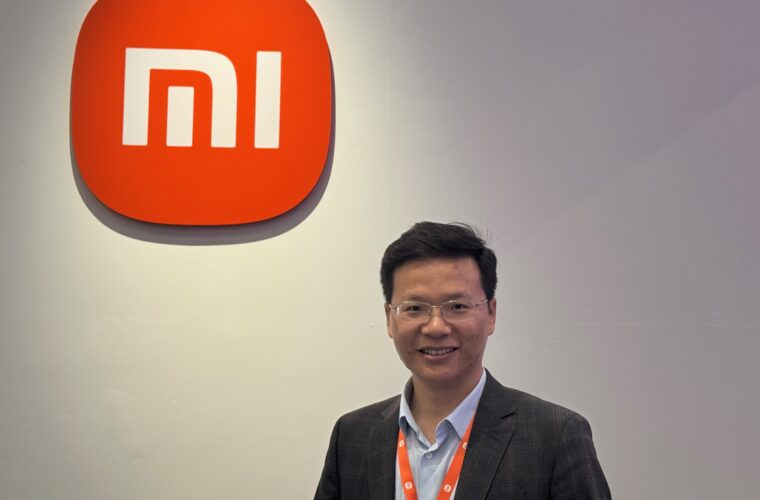Intel, innovations for 5G and 6G, from energy efficiency to automation with AI
At the Mobile World Congress in Barcelona, Intel presented several innovations for network infrastructures. The focus, as it happens, goes to AI, which, Intel explains, will enable chips to have significantly higher performance and efficiency than the current ones. Intel highlights projects and collaborations with more than 50 leading partners, including Vodafone, with whom it is working on the operator’s first Open RAN deployments; Samsung, which is using the chips to improve the efficiency and performance of its RANs; and AT&T, with whom it is working with Ericsson to create the world’s most open, programmable and secure RAN. We spoke about this and other strategies with Alexander Quach, vice president and general manager of the Wireline and Core Network Division (WCND) at Intel.
What are the main challenges the Wireline and Core Network Division (WCND) currently faces, and how is it innovating to overcome them?
Our customers are extremely concerned about power savings and performance. And so, I think the biggest challenge is they’re looking for the maximum amount of performance for every site to deploy of their networks, and the least, how, at least the amount of power consumed. What are we doing to address those concerns? These concerns have emerged over the past few years and will continue over the next few years. The whole we’ve done is we’ve released a generation of new CPU hardware; new processors more recently are the Intel Zion 6 with E fours, and these CPUs are extremely power-efficient, which means that you can get the most performance for every Watt you consume.
We’ve been working with ecosystem partners like Samsung to deliver solutions to service providers and customers like Telecom Italia, Verizon, etc., to get the best power efficiencies, and so at Mobile World Congress, Nokia is announcing a 60% reduction in power consuming, and Samsung sees a 3.2 X increase in performance. So, these are phenomenal results that we’ve been innovating with honours to deliver to these service provider requirements.
How do you see wireline and core networks evolving over the next 5-10 years, particularly with the advent of technologies such as advanced 5G and 6G?
The requirements from an underlying network are to be able to process that, which is going to increase capacity. So, increasing the density of solutions is going to be key, providing and meeting these requirements again with the lowest power with the densest servers; it’s key so they can still fit in the existing sites with the existing power. We’re also delivering software that takes advantage of the CPUs, which further reduces the power. And then I think customers are also looking at automation for their networks. How can they automate the cloud-native network more?
What are the implications of artificial intelligence and machine learning for wireline and core networks, and how is Intel integrating these technologies?
AI is, of course, at the forefront of a lot of people’s minds today, including in telecommunications. Networks are the natural step from going from, even going back 10 years ago, when we had black box physical appliances. Then, we had virtualisation. Then we had more virtualisation, and in the next phase, there’s going to be automation of these networks beyond moving to plug native and really one of the leading use cases for AI in telecommunications in the core networks is the automation of these core networks. So, how are we ultimately able to remove the human element of managing, deploying, and managing these core networks with AI? And there, as so are the libraries, and the ecosystem is looking to provide solutions for automation. What’s great that Intel can do is, for automation purposes, you don’t need heavy GPUs to deploy your data centre to automate the networks.


How is WCND addressing the growing bandwidth and low latency requirements for applications such as cloud computing, IoT and virtual/augmented reality?
I think they are making their way into its services for the network, so I mentioned the right power efficiency debt baseline; that’s foundational; we have power efficiency. And that’s really the big thing that we’re working towards addressing. We have a very, very good solution today with the intelligent core. To be able to steer traffic better, if you have enhanced mobile broadband traffic, you have fixed virus excess traffic.
We are working at a platform level and so be able to do better traffic prioritization so that we can give high priority traffic, the better quality of service and be able to provide the necessary—capabilities for lower priority traffic. So, think of what Intel is doing between the processors and the Intel foundational network interface card, so the connectivity cards ethernet cards we have capabilities such as what we call GDP or device dynamic device prioritization, where we can prioritize the different types of traffic streams, mobile traffic fixed water, excess traffic low.
How do you see the role of wireline networks in supporting the transition to a more sustainable digital economy?
These days, being green and having a more sustainable economy is key. From a hardware CPU perspective, where we have more efficient hardware coming out, particularly in this core network, and in the software that we deliver with the Intel power manager for 5G to reduce power consumption, they’re all major contributors to reducing the overall power footprint and making it more a green additional society.
What are the main security challenges that wireline and core networks face, and how is WCND working to mitigate them?
Our customers. It seems that the cyberattacks are increasing every day and what they’ve done relative to the cornet worlds is generally provide perimeter-based security. When you enter the network, but as the networks continue to get more cloud native, we have more challenges.
So, if you encrypt the traffic from one Network Element to Another, it slows down the overall network, and so what these capabilities and our processors do is you can accelerate the encryption. So that the traffic can flow really, quickly without slowing down the while being encrypted, so there’s crypto acceleration capabilities we have.
We also provide for microservices because the 5G core network uses microservices as it moves towards cloud-native applications. We provide this thing called a software guard extension or SGX, which is a hardware enclave to store private keys in the public and private key exchange between network elements so that the traffic that is encrypted can be identified and authenticated between network elements. So that they know that they’re talking to, you know, not malicious? Threats that have been introduced into the network and can authenticate each other before they communicate. And these capabilities can exist in software that is a lot safer in hardware where you have the keys stored in hardware as opposed to software.
How is the division adapting to changing data traffic patterns and increasing video traffic?
Video traffic has really exploded for a while now. So, power efficiency is essentially about increasing your performance. This can be done just by moving to the fixed-generation processors so that performance itself will help deal with the increase in traffic and video. On top of that, there is Intel. Processors have built-in video accelerators specifically to handle video traffic. For the compression of video traffic, we have media accelerators inside of our processors, and we’re working with partners to unleash these capabilities.



